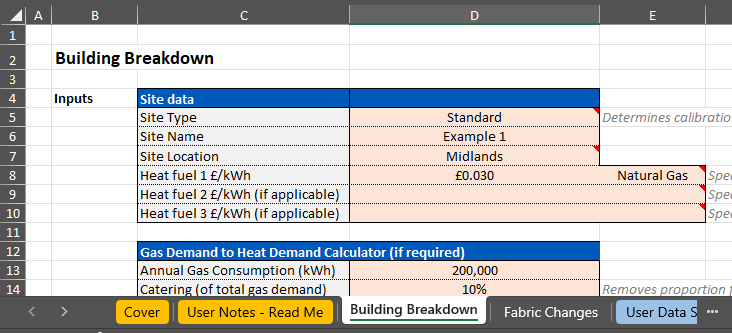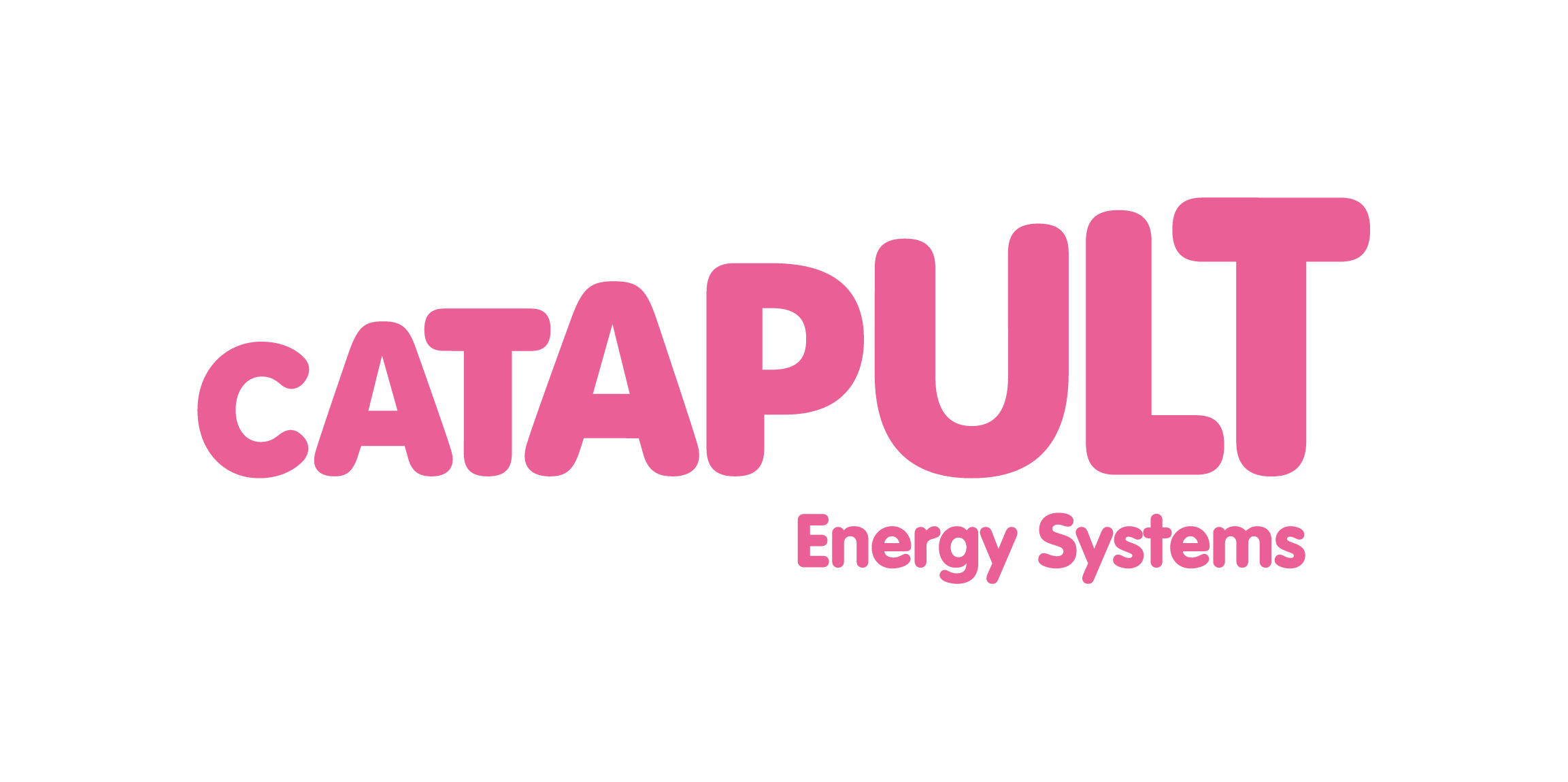This estimator is designed to support the assessment of site building fabric and give an understanding of relevant energy consumption building by building on either a campus style site or at an organisational portfolio level.

This estimator is designed to support the assessment of site building fabric and give an understanding of relevant energy consumption building by building on either a campus style site or at an organisational portfolio level. Using this estimator also provides a repository of site information to be assembled in a consistent format.
This guidance is produced as part of the development of a consistent approach to assessing decarbonisation for scaled delivery. It provides an assessment of the impact of building fabric on a given site's energy usage, by focusing on understanding the current building construction and condition, and estimating expected financial and energy savings potential from upgrades.
This tool can be used standalone or as part of the Public Sector Decarbonisation Guidance feasibility and design process (see link below) to assess the impact of building fabric within a decarbonisation plan.
Building fabric costs and benefits are particularly hard to estimate without detailed building surveys. They are often also the most challenging efficiency measure to justify due to long pay back periods. Where a site heat solution needs some fabric measures implemented in order to be successful, consider adopting the following approach:
- Estimate the energy savings from an appropriate package of measures based on what the known current state of the buildings is (Building Breakdown tab). This should be defined building by building based on building age and use alongside any knowledge of post-build interventions (such as double glazing)
- Compare the estimated total cost of interventions (given on the Fabric Changes tab) with an estimated cost at which the Internal Rate of Return (IRR) = 0%
- The 0% IRR cost can be taken as the amount that the site would need to find from its own budget. The difference between this and the total cost would then require some form of grant/gap funding to bridge the gap between the two figures and ensure the interventions are taken forward

